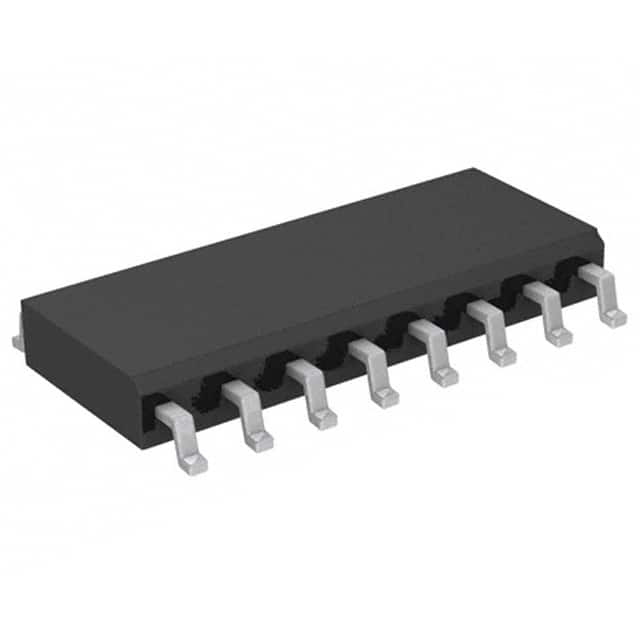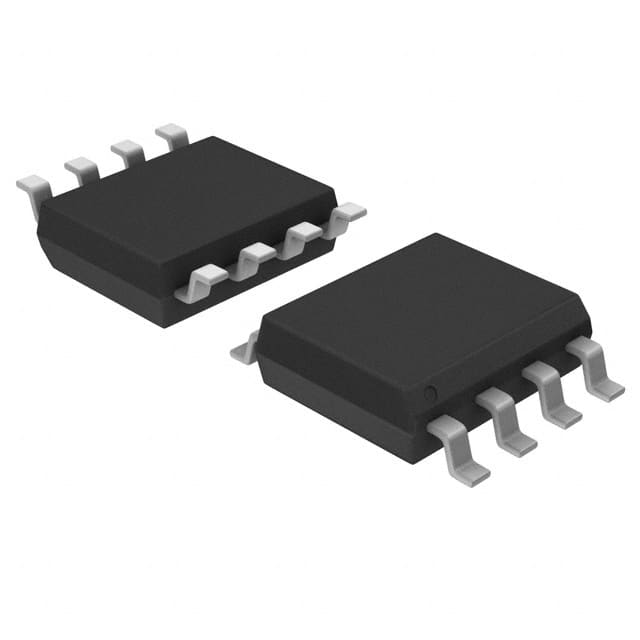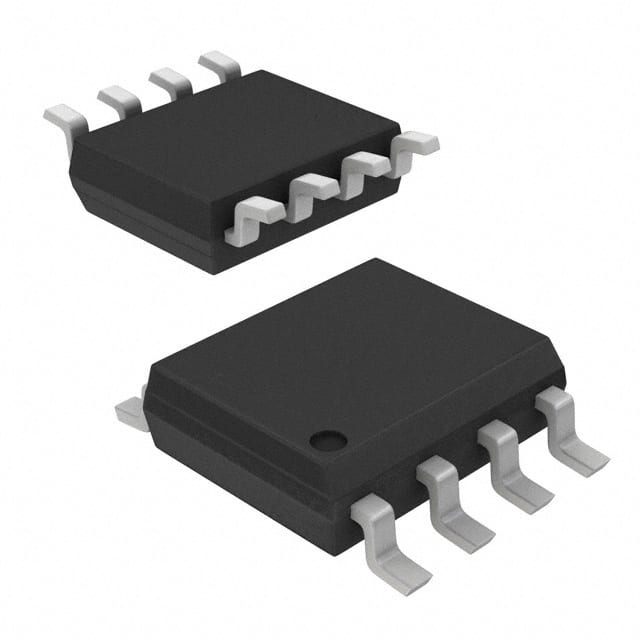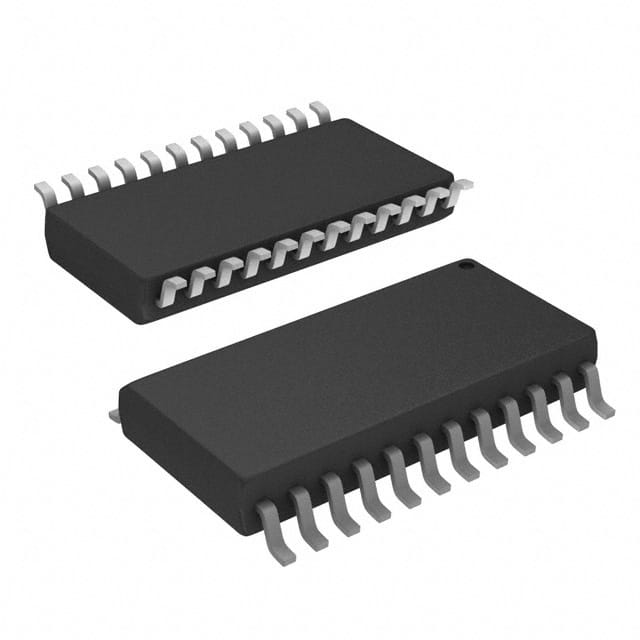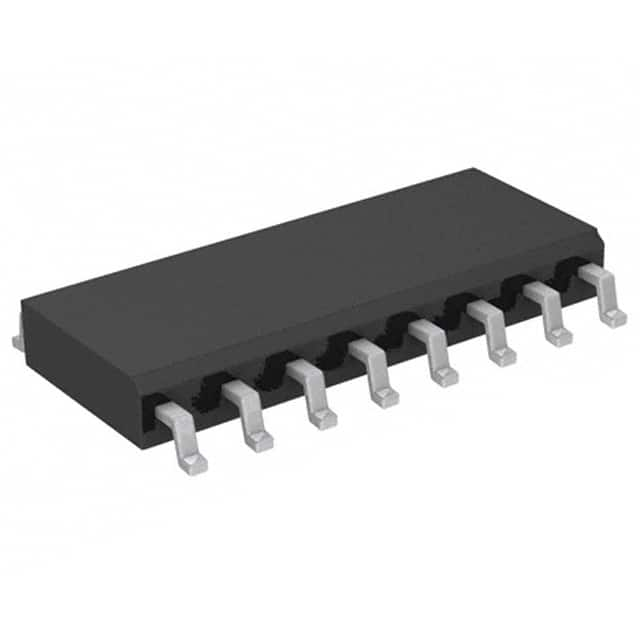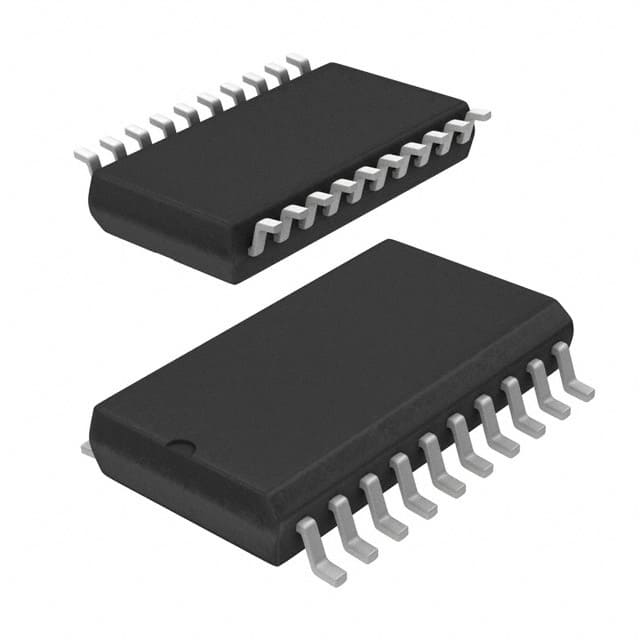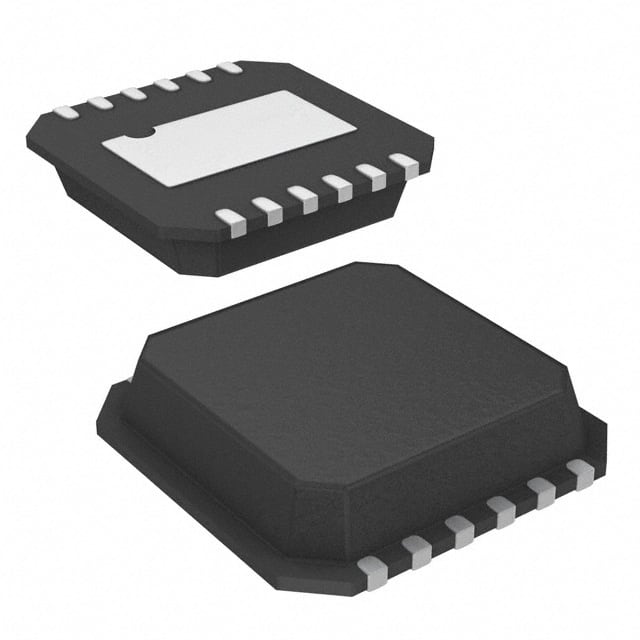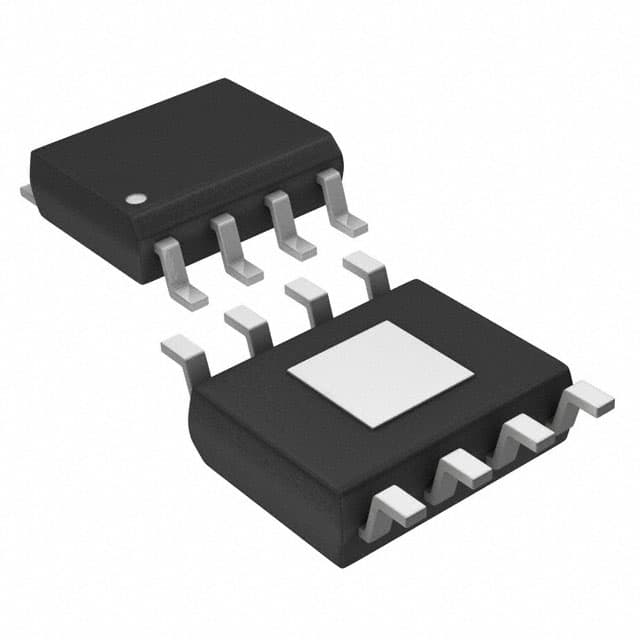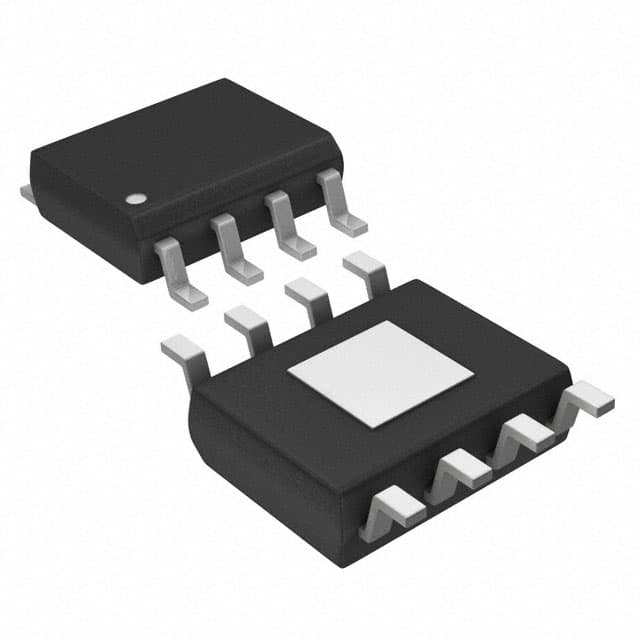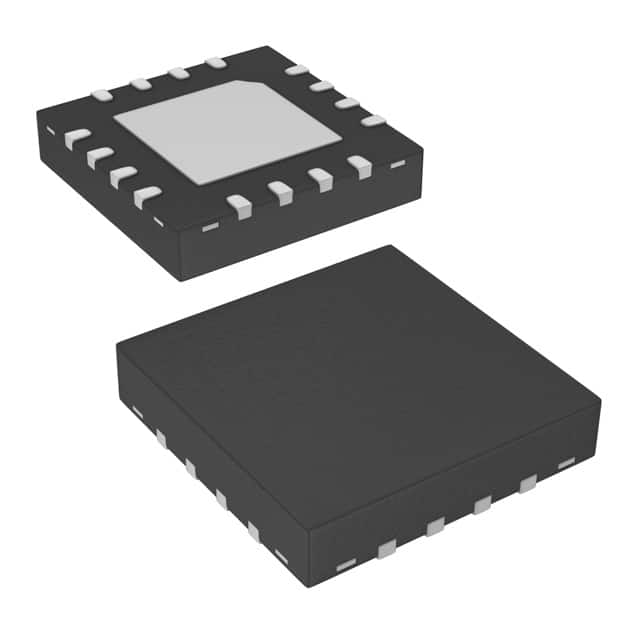HIP4083ABT Product Introduction:
Renesas Electronics America Inc Part Number HIP4083ABT(PMIC - Gate Drivers), developed and manufactured by Renesas Electronics America Inc, distributed globally by Jinftry. We distribute various electronic components from world-renowned brands and provide one-stop services, making us a trusted global electronic component distributor.
HIP4083ABT is one of the part numbers distributed by Jinftry, and you can learn about its specifications/configurations, package/case, Datasheet, and other information here. Electronic components are affected by supply and demand, and prices fluctuate frequently. If you have a demand, please do not hesitate to send us an RFQ or email us immediately sales@jinftry.com Please inquire about the real-time unit price, Data Code, Lead time, payment terms, and any other information you would like to know. We will do our best to provide you with a quotation and reply as soon as possible.
Introducing the HIP4083ABT, a cutting-edge product by Renesas Electronics America Inc. This advanced integrated circuit is designed to revolutionize the field of power management and control. With its exceptional features and versatile applications, the HIP4083ABT is set to become an indispensable tool for engineers and designers.
The HIP4083ABT boasts a high voltage, high-speed, and high-current capability, making it ideal for a wide range of applications. Its unique features include a 3-phase bridge driver, which enables efficient and precise control of power conversion systems. The device also incorporates a comprehensive set of protection features, such as over-temperature and over-current protection, ensuring the safety and reliability of the system.
This innovative product finds its application in various fields, including motor control, robotics, and renewable energy systems. In motor control applications, the HIP4083ABT enables precise control of motor speed and direction, enhancing the overall performance and efficiency of the system. In robotics, it provides the necessary power management and control for complex movements and operations. Additionally, in renewable energy systems, the HIP4083ABT facilitates efficient power conversion and management, maximizing the utilization of renewable energy sources.
With its exceptional features and versatile applications, the HIP4083ABT is set to revolutionize the power management and control industry. Renesas Electronics America Inc. continues to innovate and provide cutting-edge solutions to meet the evolving needs of engineers and designers.
Gate Drivers are circuits specifically designed to enhance and control the gate signals of a MOSFET or IGBT. It receives low-voltage and low-current signals from the controller and converts them into high-voltage and high-current pulse signals that directly act on the gate of the MOSFET or IGBT, thus achieving accurate control of these semiconductor switching devices. Grid drivers have become an indispensable part of modern power electronic systems because of their high efficiency in signal conversion and stable driving performance.
Application
Gate Drivers have been widely used in various fields of power electronics technology. In the motor control system, the gate driver is used to drive the MOSFET or IGBT switching components of the inverter to achieve accurate control and efficient operation of the motor, which is widely used in the fields of electric vehicles, industrial automation equipment and household appliances. In power inverters, the gate driver is responsible for converting DC power to AC power to meet the needs of various loads, commonly seen in solar photovoltaic systems, wind power systems and uninterruptible power supplies (UPS). In addition, gate drivers also play an important role in many fields such as switching power supplies, AC frequency converters, and power electronic converters.
FAQ about PMIC - Gate Drivers
-
1. What is an active gate driver?
An active gate driver is a circuit that is mainly used to enhance the gate signal of a field effect transistor (MOSFET) or an insulated gate bipolar transistor (IGBT) so that the controller can better control the operation of these semiconductor switches. It controls the gate of MOSFET or IGBT by converting the signal output by the controller into high-voltage, high-current pulses, thereby improving the performance, reliability and service life of these devices.
-
2. What is a motor gate driver?
A motor gate driver is a circuit that is mainly used to enhance the gate signal of a field effect transistor (MOSFET) or an insulated gate bipolar transistor (IGBT) so that the controller can better control the operation of these semiconductor switches. It converts the low-voltage signal output by the controller into a high-voltage, high-current pulse signal to ensure that the MOSFET or IGBT can switch states stably and quickly within its operating range.
-
3. What is the difference between MOSFET and IGBT gate drivers?
The gate drivers of MOSFET and IGBT have significant differences in drive voltage, drive current, and drive mode.
Drive Voltage and Drive Current
MOSFET: The gate drive voltage of MOSFET is low, usually between 10V and 20V. Due to its structural characteristics, the driving current of MOSFET is also relatively small, which is suitable for using a smaller driving circuit.
IGBT: The gate driving voltage of IGBT is relatively high, usually between 15V and 20V. Due to its composite structure, IGBT requires a large driving current to control its conduction and cutoff, and usually requires a special driving circuit to provide sufficient driving power.
Driving method
MOSFET: The switching speed of MOSFET is very fast and suitable for high-frequency applications. Its driving method is relatively simple, and the gate can be directly controlled by voltage to achieve fast switching action.
IGBT: The switching speed of IGBT is slow and suitable for low-frequency applications. Due to its composite structure, IGBT requires a larger driving current and a more complex driving circuit to ensure its stable operation. IGBT usually requires positive and negative voltages to control its conduction and cutoff, especially when it is turned off, a negative voltage is required to eliminate the current tailing effect.
 Lead free / RoHS Compliant
Lead free / RoHS Compliant



